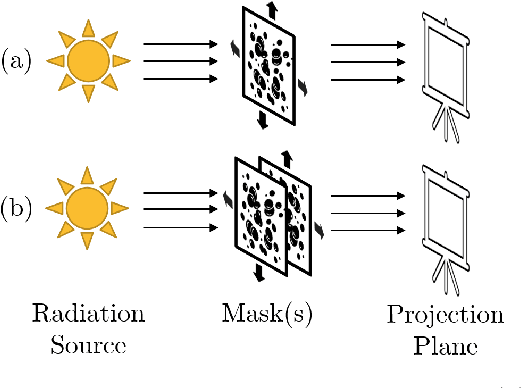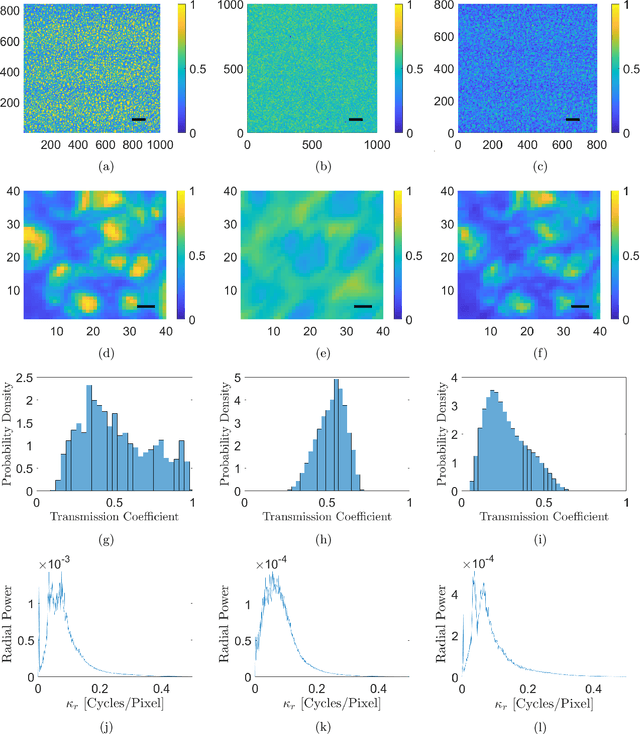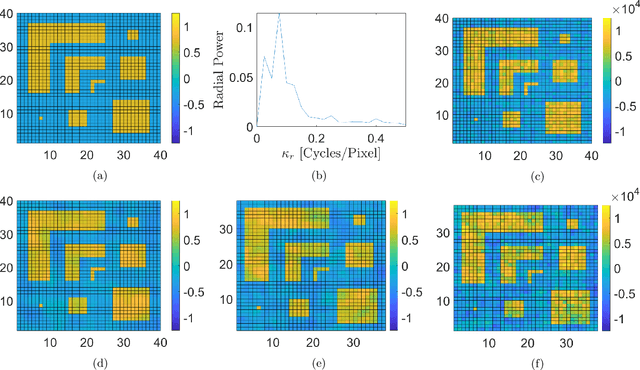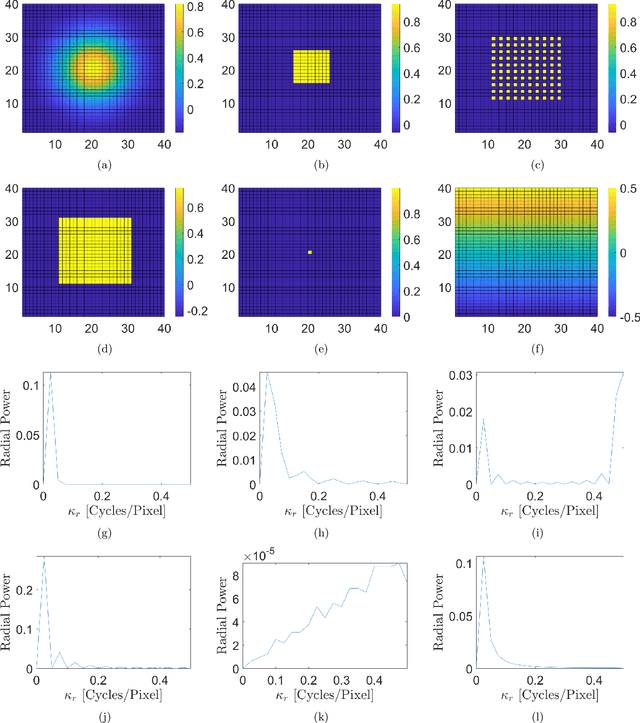Ghost projection. II. Beam shaping using realistic spatially-random masks
Paper and Code
Feb 18, 2022



The spatial light modulator and optical data projector both rely on precisely configurable optical elements to shape a light beam. Here we explore an image-projection approach which does not require a configurable beam-shaping element. We term this approach {\em ghost projection} on account of its conceptual relation to computational ghost imaging. Instead of a configurable beam shaping element, the method transversely displaces a single illuminated mask, such as a spatially-random screen, to create specified distributions of radiant exposure. The method has potential applicability to image projection employing a variety of radiation and matter wave fields, such as hard x rays, neutrons, muons, atomic beams and molecular beams. Building on our previous theoretical and computational studies, we here seek to understand the effects, sensitivity, and tolerance of some key experimental limitations of the method. Focusing on the case of hard x rays, we employ experimentally acquired masks to numerically study the deleterious effects of photon shot noise, inaccuracies in random-mask exposure time, and inaccuracies in mask positioning, as well as adapting to spatially non-uniform illumination. Understanding the influence of these factors will assist in optimizing experimental design and work towards achieving ghost projection in practice.
 Add to Chrome
Add to Chrome Add to Firefox
Add to Firefox Add to Edge
Add to Edge